Growing Awareness of Celiac Disease
The increasing awareness of celiac disease among the general population is a crucial driver for the celiac disease-treatment market. Educational campaigns and advocacy efforts have led to a better understanding of the disease, its symptoms, and the importance of diagnosis. As more individuals recognize the signs of celiac disease, the demand for diagnostic testing and treatment options rises. This heightened awareness is reflected in the growing number of diagnosed cases, which has been estimated to be around 1 in 133 individuals in the US. Consequently, the celiac disease-treatment market is likely to expand as healthcare providers respond to the increasing need for effective management solutions.
Rising Incidence of Autoimmune Disorders
The rising incidence of autoimmune disorders, including celiac disease, is a significant driver for the celiac disease-treatment market. Research indicates that autoimmune diseases are becoming more prevalent in the US, with celiac disease being one of the most common. This trend is likely influenced by various factors, including environmental triggers and genetic predisposition. As the number of individuals diagnosed with celiac disease increases, the demand for effective treatment options and dietary management strategies will also rise. This growing patient population presents opportunities for market expansion, as healthcare providers seek to address the needs of those affected by this condition.
Technological Advancements in Diagnostics
Technological advancements in diagnostic tools are transforming the celiac disease-treatment market. Innovations such as non-invasive testing methods and improved serological assays are making it easier for healthcare providers to diagnose celiac disease accurately and efficiently. These advancements not only enhance patient outcomes but also contribute to the overall growth of the market. The introduction of point-of-care testing devices allows for quicker diagnosis, which is essential for timely treatment initiation. As diagnostic technologies continue to evolve, the celiac disease-treatment market is expected to benefit from increased patient throughput and improved access to care.
Regulatory Support for Gluten-Free Products
Regulatory frameworks supporting gluten-free labeling and product development significantly impact the celiac disease-treatment market. The US Food and Drug Administration (FDA) has established guidelines that define gluten-free products, ensuring that consumers have access to safe food options. This regulatory support not only enhances consumer confidence but also encourages manufacturers to innovate and expand their gluten-free product lines. As a result, the market for gluten-free foods and treatments is projected to grow, with estimates suggesting a compound annual growth rate (CAGR) of approximately 9% over the next few years. This growth is indicative of the increasing demand for safe dietary options among individuals with celiac disease.
Increased Investment in Research and Development
Increased investment in research and development (R&D) within the celiac disease-treatment market is driving innovation and improving treatment options. Pharmaceutical companies and research institutions are focusing on developing new therapies, including enzyme-based treatments and immunotherapies, aimed at managing celiac disease more effectively. This influx of funding is likely to lead to breakthroughs that could change the landscape of treatment for patients. As R&D efforts continue to advance, the celiac disease-treatment market may witness the introduction of novel therapies that enhance patient quality of life and adherence to gluten-free diets.


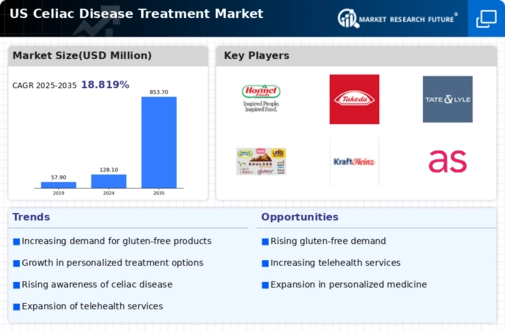

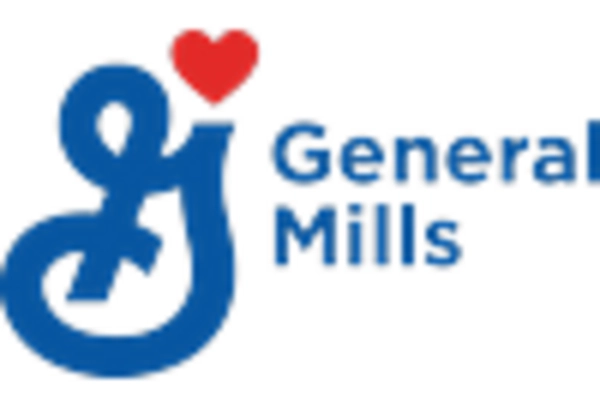
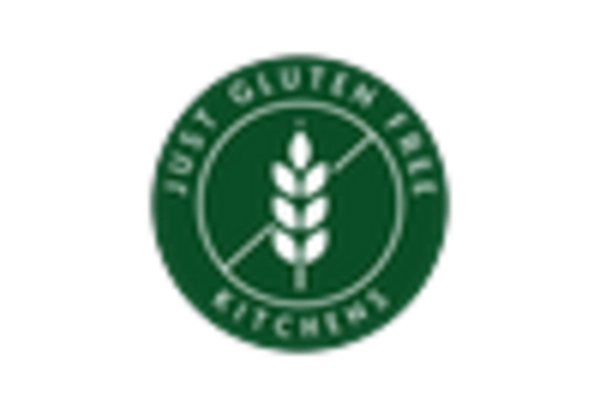
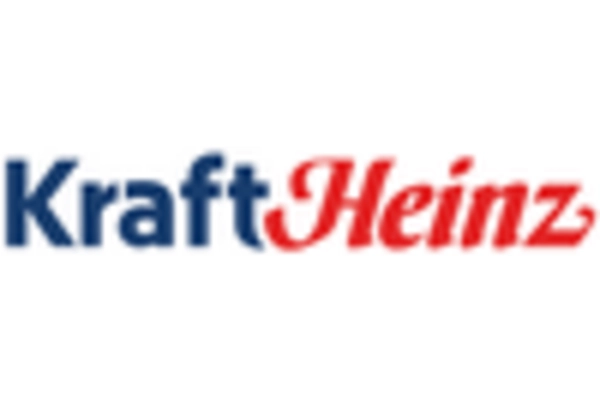
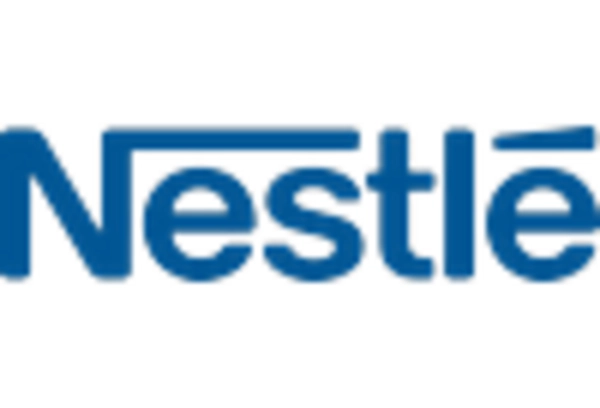
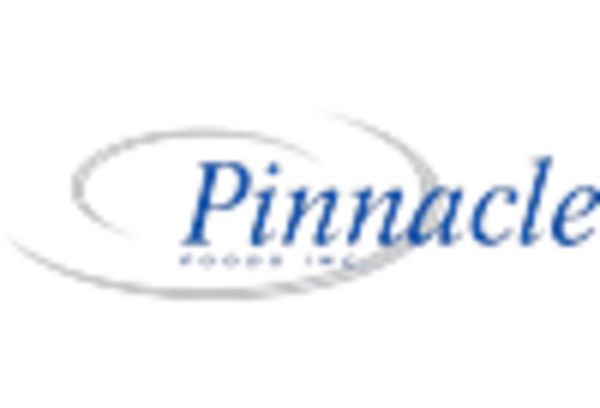








Leave a Comment